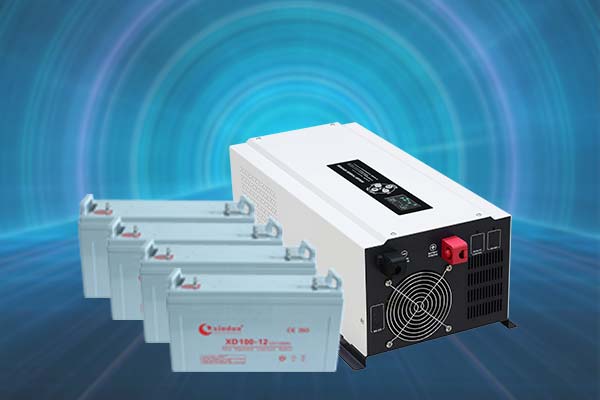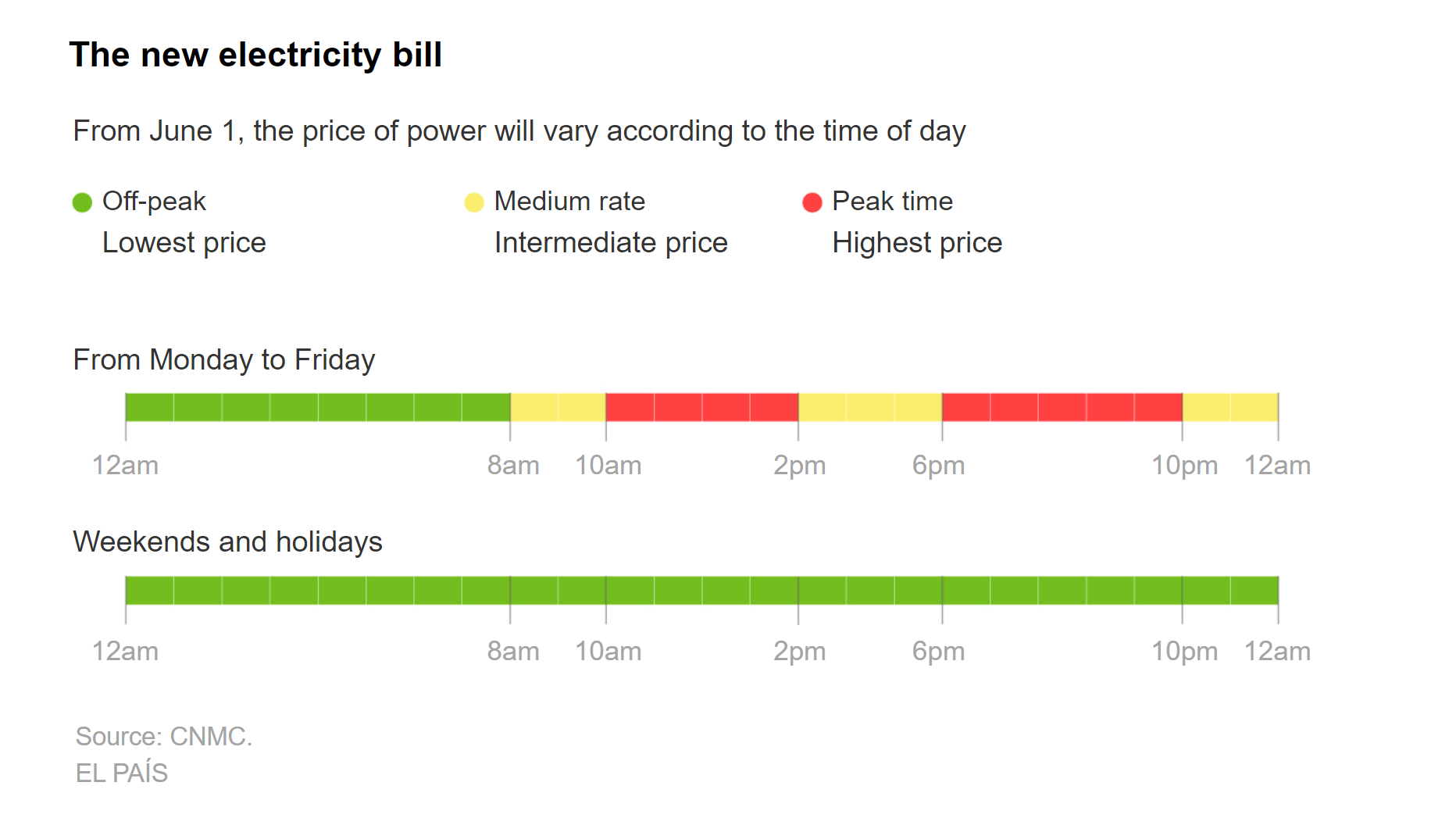Background
In a solar PV energy storage system, battery capacity calculation can be a complex process and should be completed accurately. In addition to the loads (annual energy consumption), many other factors need to be considered such as: battery charge and discharge capacity, the maximum power of the inverter, the distribution time of the loads, and the maximum SOC of the battery, specifics of the installation location etc., Carefully considering all these factors will help enable an accurate selection of the required battery capacity.
This Solis seminar will share with you how to select the correct battery capacity for solar energy plus storage systems.
The Basic Logical Decision Sequence of Battery Capacity Selection in Solar Energy & Storage Systems
In a solar energy storage system, we first need to understand the household loads and consumption. This should include the average power and instantaneous power of all loads, to ensure that the selected inverter power and battery capacity can fully meet all household needs. To find a formula, add up the wattages of all appliances in your home, from computers and refrigerators to microwaves and computers. The result of the calculation will determine the size of the inverter you use.
Example: A room with two 50-Watt fans and a 500-Watt microwave. Inverter size is 50 x 2 + 500 = 600 Watts. Do this for each room in the house and total everything up.
Average Daily Energy Consumption
The power consumption of appliances and devices is usually measured in Watts. To calculate the total energy consumption, multiply the watts by the hours of use.
Example: A 40W bulb consumes 200 Watt hours for 5 hours of operation and a 50W fan on for 6 hours consumes 300Wh.
Continue adding up all the Watt-hours for each appliance in the property to get how much energy the home uses each day.
(Note: We need to account for the initial startup process of some devices which often consumes more energy. Multiply the result by 1.5 to cover this. If we take a fan as an example, the fan runs 6 hours a day. 50 x 6 = 300 Watt hours. 300 x 1.5 = 450 Watt hours)
Of course, you can also use a monthly electricity bill to estimate the daily energy consumption.
Autonomous Days
This determines how many days the battery will power you. Generally, autonomy will maintain power for two to five days. This has a lot to do with the amount of sunshine in your area. For example, it is better to use a larger battery capacity in areas with more cloudy days and a smaller battery pack capacity in sunny areas.
Application Scenarios
Different application scenarios also have an impact on the battery capacity chosen. Self-consumption, peak-valley electricity price balance, backup power (unstable power grid or critical loads), pure off-grid applications, etc. will all play a factor in battery matching. Each scenario should be considered and analyzed with the customer in different situations. They will have a direct impact on the resulting battery capacities.
Good Public Power Grid, but the Electricity Price is Relatively High
The installation of a solar energy storage system is mainly to reduce the electricity consumption from the grid and reduce the electricity bill.





